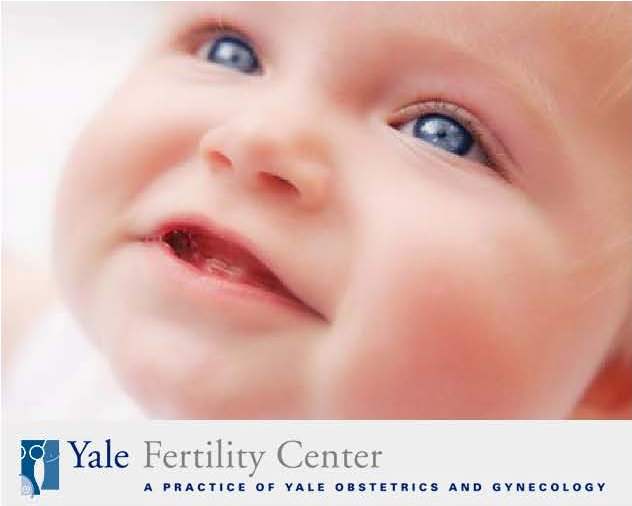The recent birth of an octuplet pregnancy, reportedly from the transfer of six embryos into a young woman has raised serious questions about the practices of fertility centers. The Yale Fertility Center has never practiced in such a cavalier and dangerous fashion. The serious consequences of high order multiple gestation guarantee significant impairment in the children born from these pregnancies. Moreover most will not even survive. The American Society for Reproductive Medicine (ASRM) and the Society for Assisted Reproductive Technology (SART) have longstanding guidelines that govern the appropriate number of embryos to transfer under normal circumstances. These rules were clearly violated in the recent case in California.
One way for the public to asses the quality and safety of an infertility practice is thorough examination of SART data. This is publicly available through the SART web site and from the Centers for Disease Control and Prevention (CDC). Pregnancy rate per cycle can be assessed as well as the number of multiple gestation pregnancies. While there is no category for octuplets on the SART form (as this may never have happened previously), the number of twins and triplets can be identified. Another telling figure is the average number of embryos transferred. SART specifies that this should be no more than two in young women with high quality embryos. While this number may reasonably be higher when age, embryo quality or prior failures are taken into account, it should be well under three on average. In the case of the octuplets these numbers suggest a practice that is well outside of the SART recommendations. In that California practice the average pregnancy rate was low and the number of embryos transferred was shockingly high.
As Clinical Director of SART, I can assure you that action is being taken to prevent future occurrences of higher order multiples. We do not want this episode to tarnish the reputation of the vast majority of our member clinics that practice responsible medicine. This case has highlighted the need to improve the quality assurance processes that SART has in place. We will be more vigilant in identifying unsafe situations in order to prevent these types of negative outcomes.
Starting with the most recent data released earlier this month, SART will identify outlier programs that are consistently not compliant with embryo transfer guidelines and have high order multiple pregnancies. SART will identify all cycles in which the number of embryos transferred in young patients exceed guidelines and will require an explanation for the guideline deviation. Programs that have consistently poor pregnancy outcomes will be offered assistance from SART to help them improve. If they do not respond or fail to demonstrate a real effort to reduce the number of embryos transferred, SART membership will be revoked.
At Yale we have a high pregnancy rate, the only program in our state to have a greater than 50% pregnancy rate in any age group. We do this with an average number of embryos transferred that is well less than three. I can assure you that patients at Yale are receiving high quality and safe IVF treatment from leaders in the field.
Subscribe to:
Post Comments (Atom)








No comments:
Post a Comment